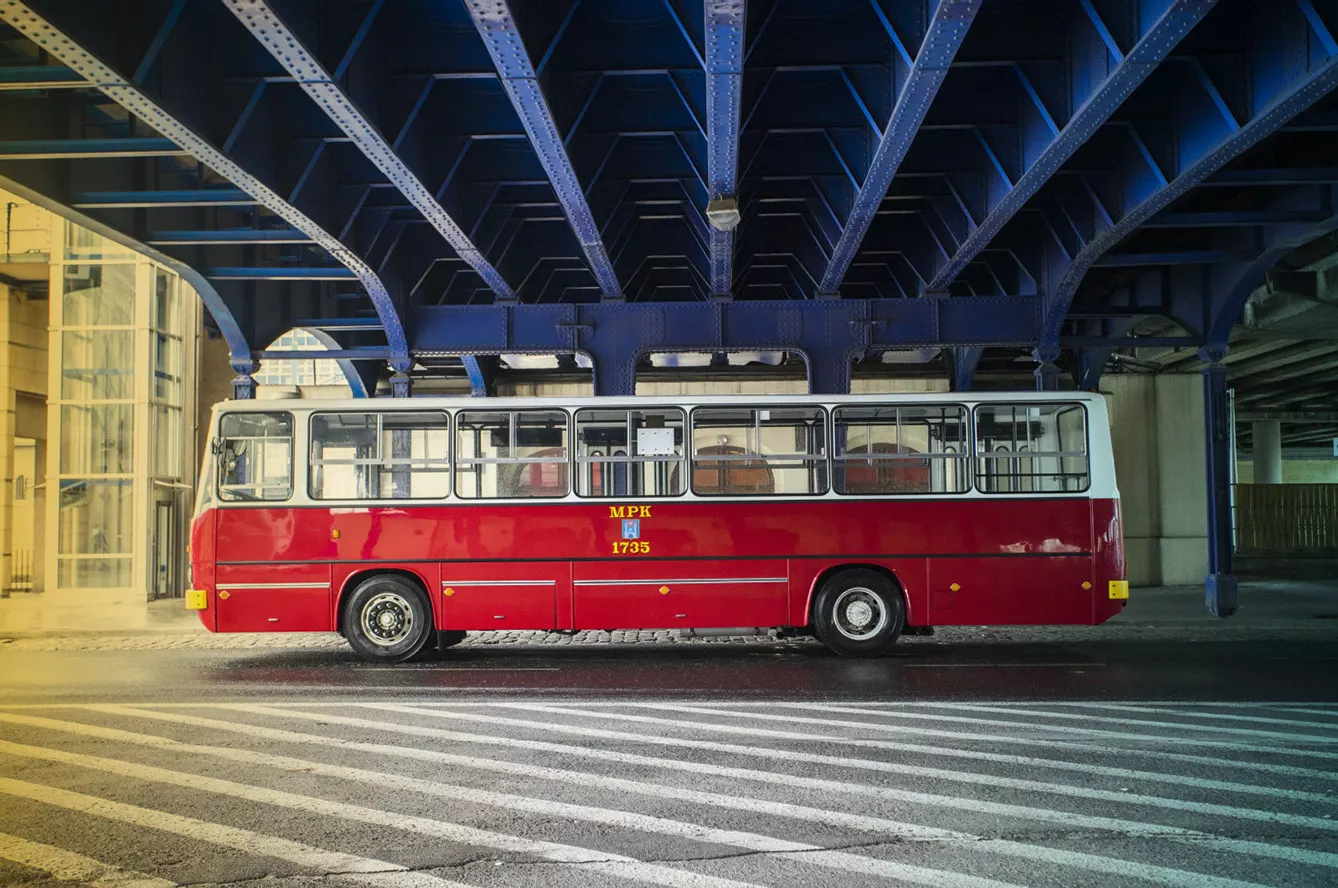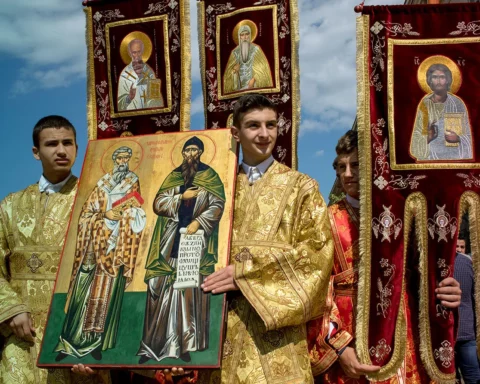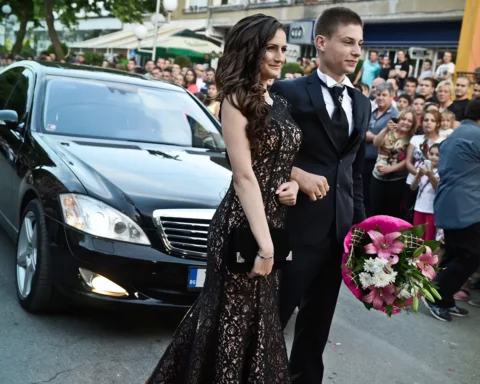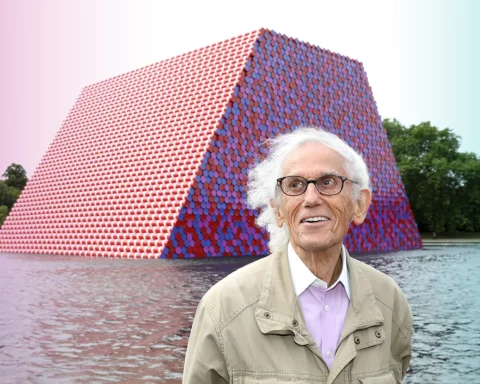The story begins as an iconic capitalist narrative as if Adam Smith himself wrote it. A young entrepreneurial-minded blacksmith Imre Uhry establishes a small business in his trade. Being a skilled artisan, he repairs carts and horseshoes. He also proves to be a savvy investor and soon starts his own production of coaches (clearly not horses).
Ikarus’ flight from blacksmith workshop
Years go by, and the blacksmith’s workshop continues to grow. By the end of World War One, it manufactured cars (trucks and buses) based on chassis by other manufacturers. A rather substantial leap from the mundane horseshoe workshop it used to be in 1895.
So far, so good. However, what happens next is what doesn’t fit the capitalist Adam Smith style. When Hungary, where Imre Uhry established his blacksmith workshop, became a part of the Communist Block, the company he started was rebranded as Ikarus, the one and only manufacturer of the classic symbol of the Communist automotive industry: the bus.
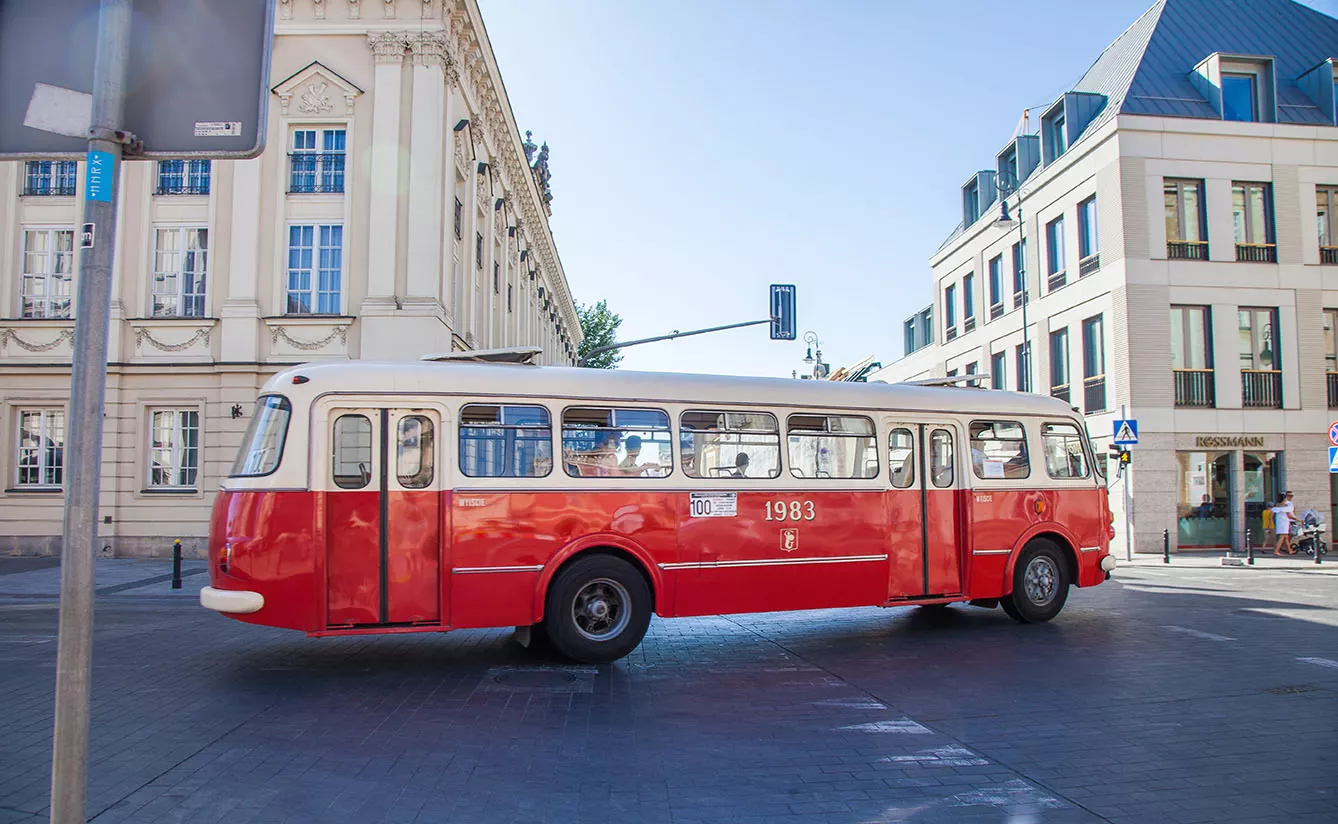
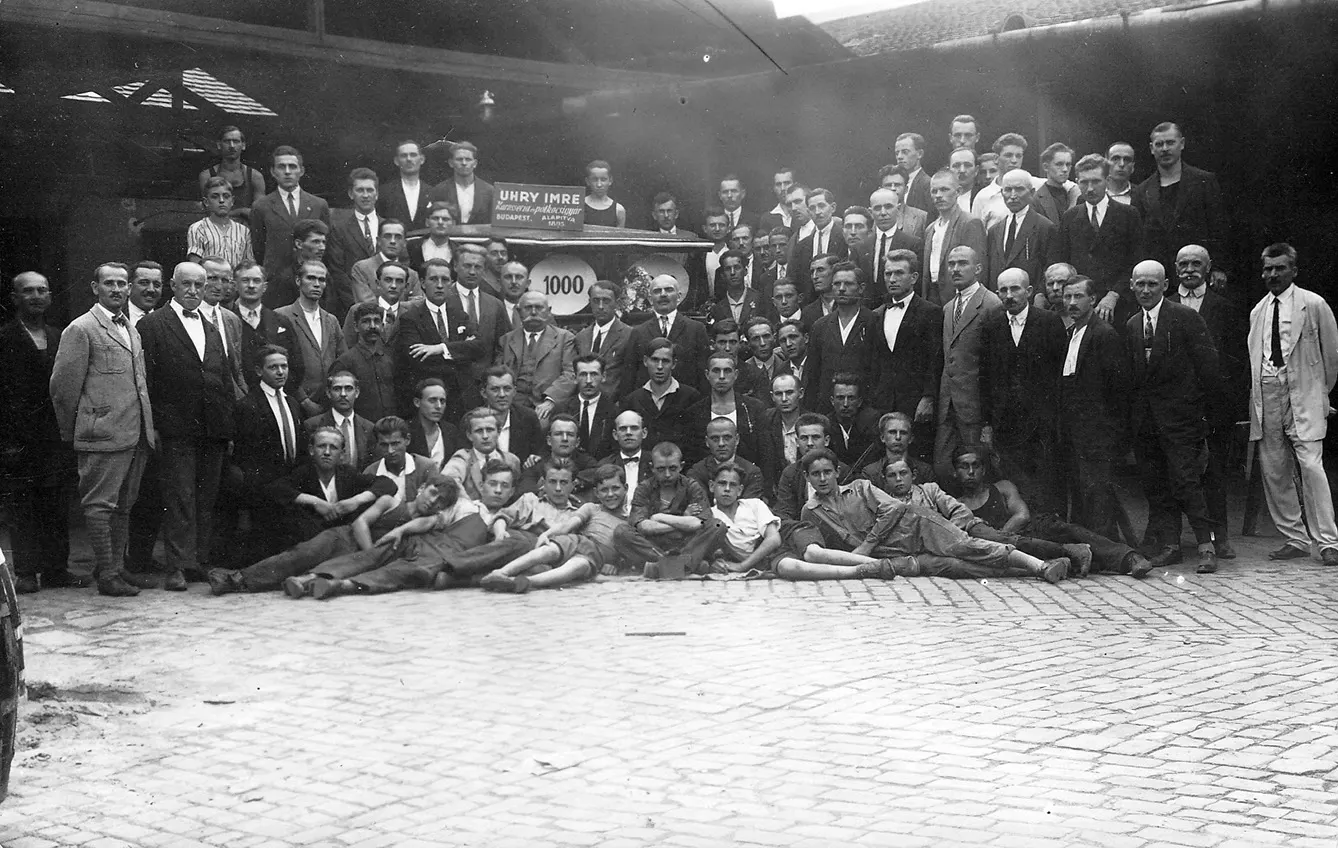
Group photo of employees at Imre Uhry’s Factory in 1929.Photo: FORTEPAN / László János, CC BY-SA 3.0 via Wikimedia Commons
Don’t take our word for it. Go on and take a look at any movie with actual footage or its reenactment that depicts a city under communist rule: you are bound to spot a model of the Ikarus bus. From daily life on the streets of Warsaw in Poland to dramatic pictures of the evacuation of Pripyat’ after the Chornobyl explosion, buses made in Hungary are in the background.
When cars were only bodies
Actually, the Ikarus company made more than buses. In 1948, the original Ikarus manufacturing center merged with a factory run by Imre Uhry’s children called The Uhri Siblings Car-body and Vehicle Factory (Uhri Testvérek Autókarosszéria és Járműgyár) and an airplane factory. Still, the bus market was the largest, especially in Hungary’s capital – Budapest.
There, after the Soviet-Romanian siege at the end of World War Two, most vehicles were seriously damaged. As early as the beginning of the 1950s, the larger, post-merger factory allowed production to be scaled up, and the first buses were exported to Czechoslovakia and China.
The following decade brought the world-famous Ikarus 200-series, which can be recognized even outside the (now former) Communist Bloc. It is said that in the 1970s and 1980s, two-thirds of the world’s articulated bus production was related to the 280 Ikarus model. The vast majority of people living in Central Europe can almost certainly recognize this vehicle.
Although the company’s production was modernized after the fall of Communism, the last buses produced by Ikarus in 2003 were still that of the 280 models. By that time, the French had already purchased the company, and the brand was set to be discontinued.
Nevertheless, Ikarus buses are far from being extinct. Both purebred and hybrid models (crosses with models by other companies) are easy to spot with the keen eyes of transportation lovers worldwide. So, – whether you’re in Taiwan, Prague, Helsinki, or Portland – watch out for Ikarus buses in your area.


